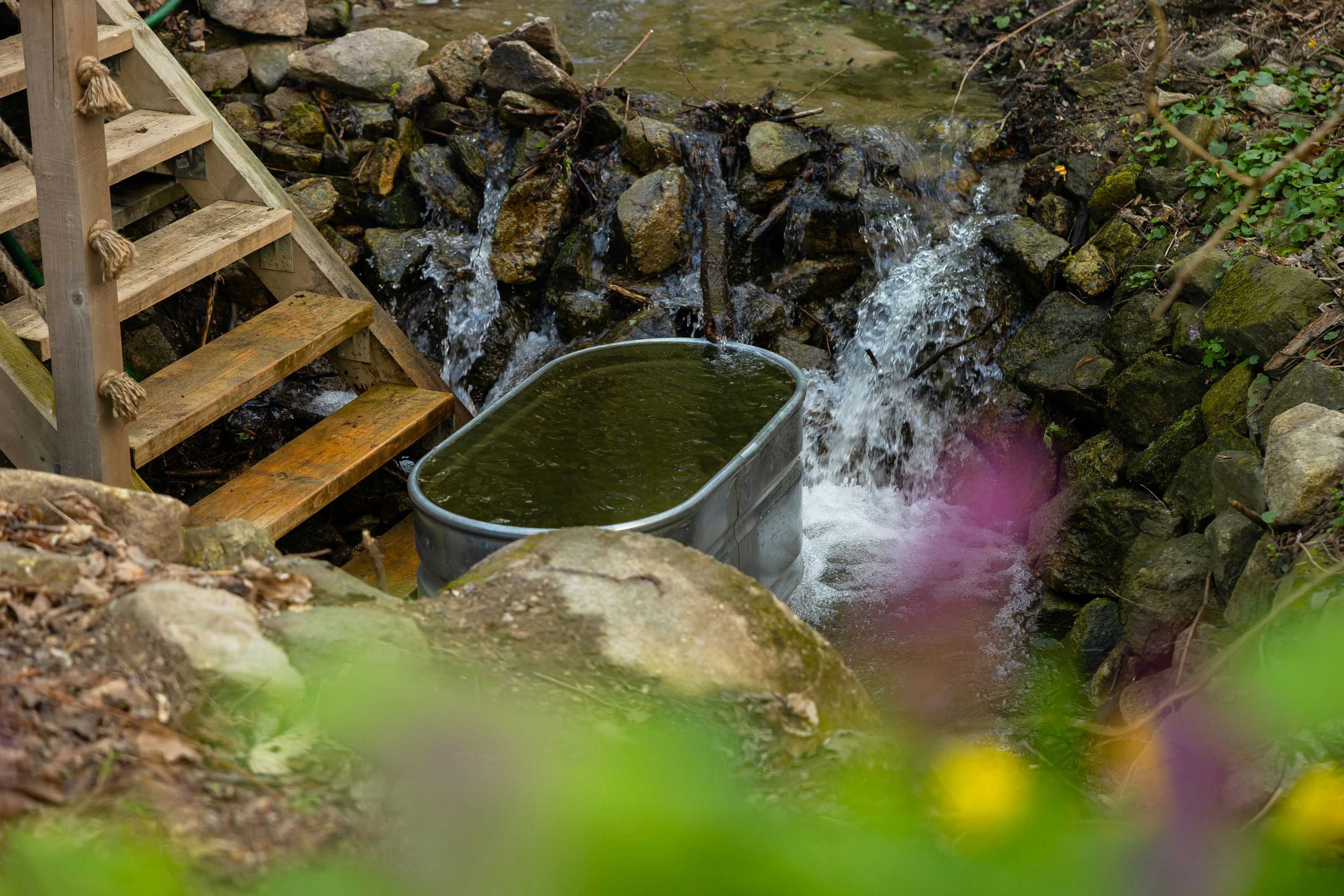Have you ever considered adding cold plunging to your fitness routine? It’s one of those health phenomena that’s been gaining traction recently, with proponents swearing by its numerous benefits. Whether you’re a seasoned fitness enthusiast or just exploring new ways to improve your well-being, understanding how cold plunging fits into your regimen can be enlightening and rewarding.
What Is Cold Plunging?
Cold plunging, sometimes known as cold water immersion, involves submerging your body in cold water for a short period. This practice has its roots in ancient traditions and therapeutic disciplines. The idea is simple yet profound—exposing your body to cold temperatures to reap physical and mental benefits. From athletes to wellness seekers, many people incorporate this into their life.
The Origins of Cold Plunging
Historically, humans have sought the natural healing properties of cold water. Ancient Greeks and Romans often used cold baths for relaxation and rejuvenation. In some cultures, it was believed to increase resilience and mental fortitude. Today, cold plunging is often used in sports therapy and wellness circles, blending ancient wisdom with modern science.
The Science Behind Cold Water Immersion
When you immerse your body in cold water, your physiological response kicks into gear. Blood vessels constrict, pulling blood away from the extremities to protect your vital organs. The sudden cold exposure can also trigger endorphin release, improving mood and reducing stress. Over time, regular practice may promote better circulation and even boost the immune system.
Benefits of Cold Plunging
Incorporating cold plunging into your fitness plan can offer diverse benefits. Some are immediate, such as the rush of exhilaration you might feel, while others, like improved recovery times and enhanced mental clarity, develop over the long term.
Physical Benefits
-
Enhanced Muscle Recovery: Athletes often use cold plunging as a part of their recovery process. The cold helps reduce muscle inflammation and soreness after intense workouts, allowing you to train harder and more frequently.
-
Increased Circulation: Constricting and relaxing your blood vessels can promote better circulation, delivering nutrients more efficiently throughout your body.
-
Boosted Immune System: Some studies suggest that regular exposure to cold water may help boost your immune system, potentially reducing the frequency of common colds and other minor illnesses.
Mental and Emotional Benefits
-
Stress Reduction: The shock of cold water can increase the production of endorphins, which are natural mood lifters, helping to manage stress.
-
Improved Focus and Alertness: The invigorating jolt of cold can improve mental clarity, making you feel more awake and alert.
-
Enhanced Resilience: Regular cold plunging can increase your ability to withstand stress, both physically and mentally, fostering resilience.
How to Start Cold Plunging
Starting with cold plunging might seem daunting, but with the right approach, it can become an enjoyable part of your fitness routine.
Preparation and Safety
Before you begin, it’s important to take some precautions. If you have any cardiovascular conditions or other health issues, consult your doctor. Ensure you have a safe environment, whether it’s a cold plunge pool, a natural body of water, or even your home bath.
Early Steps to Getting Started
-
Begin with Showers: Start by incorporating cold showers into your morning routine. Gradually decrease the water temperature until you’re comfortable with colder temperatures.
-
Timing Is Key: Limit your exposure initially to around 30 seconds to 1 minute, gradually increasing as your body adapts.
-
Mind Your Breath: Focus on slow, deep breathing. It helps you stay calm and allows your body to adjust to the cold.
Creating a Routine
-
Consistency Over Intensity: Aim for regular exposure rather than extremely cold temperatures or long durations. Consistent practice will yield better results and allow your body to adapt more naturally.
-
Find a Buddy: Consider inviting a friend to join you. It can make the experience more enjoyable and provide motivation on those cold, reluctant days.
-
Track Your Progress: Keep a journal of your experiences, noting any changes in mood, recovery, or performance. This reflection can be motivating and informative.
Integrating Cold Plunging with Your Workout
After establishing your cold plunge routine, integrate it strategically with your workouts for optimal benefits.
Timing Your Cold Plunge
Decide whether you prefer cold plunging pre- or post-workout. Each has its own advantages. Pre-workout plunges can prime your muscles and mind for activity. Post-workout sessions are excellent for recovery, helping to reduce muscle soreness.
Combining with Other Recovery Techniques
Pairing cold plunging with other recovery techniques can enhance its effects. Consider combining it with stretching, foam rolling, or a massage to maximize relaxation and healing.
Overcoming Challenges and Myths
As with any fitness practice, cold plunging comes with its share of myths and potential challenges.
Common Misconceptions
-
Too Cold and It’s Dangerous: While risk exists if improperly done, controlled cold exposure is not harmful for most healthy individuals. Always listen to your body.
-
More Painful than Beneficial: While initially uncomfortable, the temporary discomfort often leads to long-term benefits, as many practitioners testify.
Psychological Barriers
Mental resilience is often the biggest barrier to incorporating cold plunging. Embrace the discomfort as part of the growth process, and remind yourself of the benefits you’re gaining.
Real-Life Case Studies
Hearing from those who’ve successfully integrated cold plunging can be both inspirational and instructional.
Athlete’s Perspective
Many athletes have adopted cold plunging for its recovery benefits. For instance, NFL players like Russell Wilson credit cold therapy with helping maintain peak performance levels through intense game seasons.
Everyday Fitness Enthusiast
For regular gym-goers, cold plunging offers recovery support and mental benefits. Sarah, a marketing executive and marathon runner, says cold plunging helped decrease her post-run recovery time, allowing her to run more consistently.
Frequently Asked Questions about Cold Plunging
How Cold Should the Water Be?
Water temperatures ranging from 50°F to 59°F (10°C to 15°C) are generally recommended for cold plunges. However, personal comfort levels may vary.
How Long Should You Stay in a Cold Plunge?
Beginners should start with shorter durations—around 1 to 2 minutes. As your body becomes acclimatized, you can extend sessions up to 5 minutes.
Can Cold Plunging Replace a Warm-Up?
While cold plunging offers wakefulness, it’s not a replacement for physical warm-ups that prepare your muscles for exertion.
Conclusion
Incorporating cold plunging into your fitness plan can transform your approach to wellness. By understanding its benefits, starting carefully, and integrating it effectively with your workouts, you can unlock its potential. Embrace the chill, and let the invigorating power of cold water elevate your fitness journey. Who knows? It might just become your favorite part of the routine.





